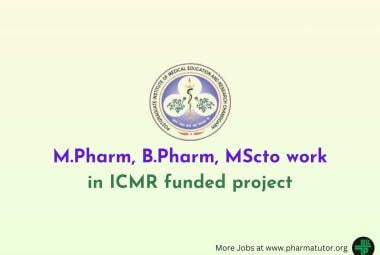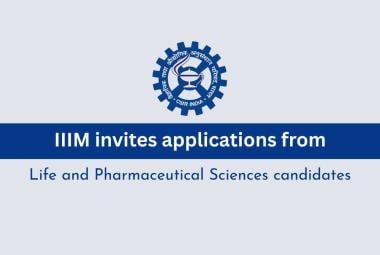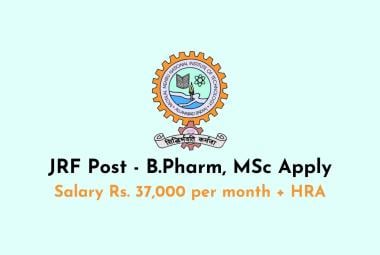 For atherosclerotic cardiovascular disease risk reduction, American College of Cardiology and the American Heart Association guidelines recommend initiating moderate or high-intensity statin monotherapy as the first-line strategy. But some patients do not tolerate or respond to high-intensity statin monotherapy due to adverse effects or those who have limited LDL cholesterol response. Adverse effects are more common with higher-intensity statin regimens, and musculoskeletal adverse events occur frequently among patients with the C variant in the SLCO1B1 gene. Pharmacogenetic variability may also decrease statin efficacy.
For atherosclerotic cardiovascular disease risk reduction, American College of Cardiology and the American Heart Association guidelines recommend initiating moderate or high-intensity statin monotherapy as the first-line strategy. But some patients do not tolerate or respond to high-intensity statin monotherapy due to adverse effects or those who have limited LDL cholesterol response. Adverse effects are more common with higher-intensity statin regimens, and musculoskeletal adverse events occur frequently among patients with the C variant in the SLCO1B1 gene. Pharmacogenetic variability may also decrease statin efficacy.
[adsense:336x280:8701650588]
Dr. Gudzune and team compare the effectiveness, safety, and tolerability of moderated combination therapy of statin with another lipid-modifying medication (bile acid sequestrant, ezetimibe, fibrate, niacin, or ω-3 fatty acid) with those of higher-intensity statin monotherapy among high-risk patients. The results after study suggest that moderated statin combination therapy with bile acid sequestrants and combination of ezetimibe and lower-intensity statin decreases LDL cholesterol to a similar or greater extent compared with higher-intensity statin monotherapy among patients at high risk for atherosclerotic cardiovascular disease. They noted insufficient evidence regarding LDL cholesterol reduction when comparing moderated combination therapy with fibrates, niacin, or ω-3 fatty acids to higher-intensity statin monotherapy.
Though they notified that this strategy should be used with caution due to lack of evidence on long-term clinical benefits and harms.
This study was first published in Annals of Internal Medicine on 11th February 2014, doi:10.7326/M13-2526. The whole study was funded by the Agency for Healthcare Research and Quality.
Source: Annals of Internal Medicine








